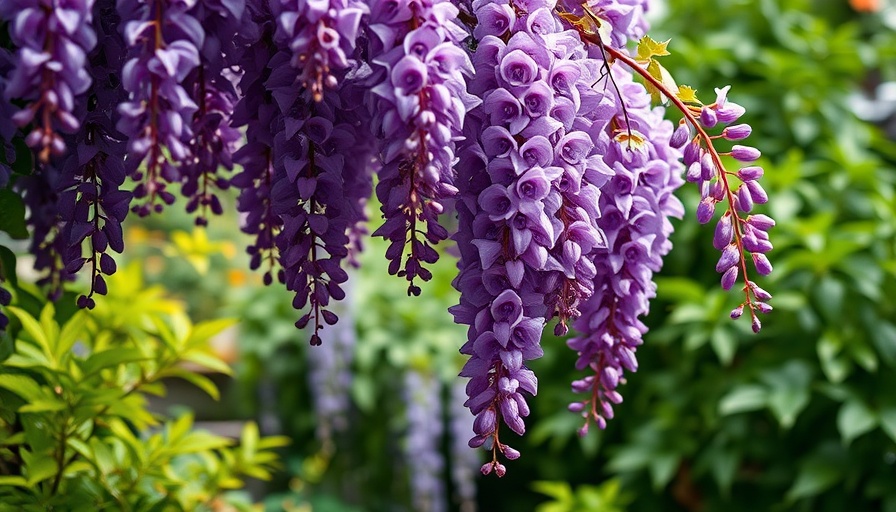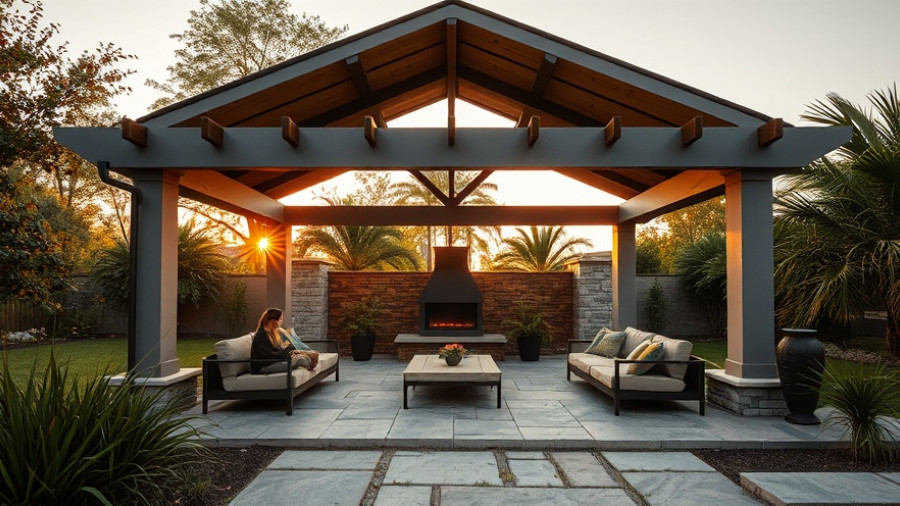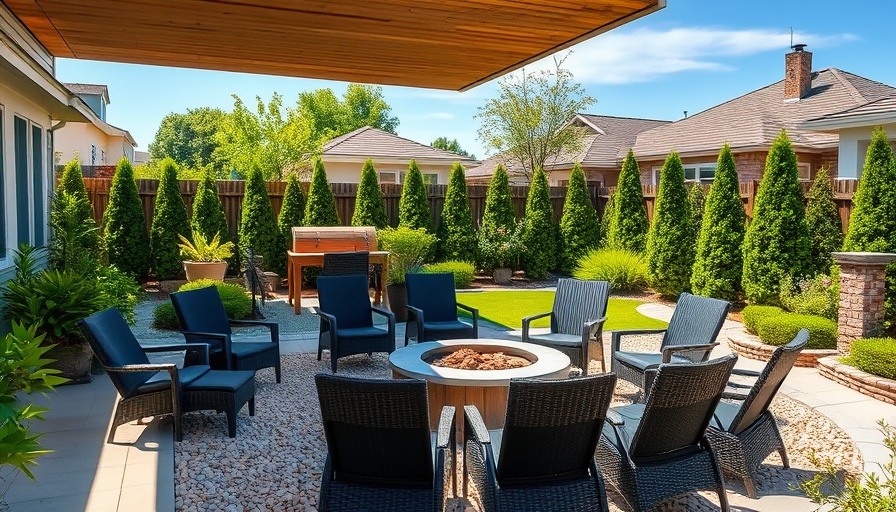
Transform Your California Landscape with Fast-Growing Vines
For California homeowners seeking to elevate their outdoor spaces, fast-growing vines are a go-to solution. Their ability to rapidly cover fences, walls, and pergolas makes them a fantastic option for adding both aesthetic appeal and privacy to your property. From verdant ivy to vibrant clematis, let's explore some of the best fast-growing vines suitable for California's unique climate, ensuring a stunning transformation for both your urban and suburban landscapes.
A Closer Look at Fast-Growing Vines
These delightful plants provide a variety of benefits beyond visual appeal. They can enhance your yard’s atmosphere, attract local wildlife, and even reduce energy costs when strategically placed. With insights from experienced horticulturists, we can better understand which vines work best in California and how to care for them.
Top Vines to Consider for Quick Growth
Here are some standout fast-growing vines that thrive in California's hardiness zones:
- Trumpet Vine (Zones 4-9) – Known for its dazzling orange trumpet-shaped flowers, this vine can grow between 30 and 40 feet tall and 4 to 10 feet wide. It draws hummingbirds and pollinators while being relatively low maintenance. However, it can become aggressive, so regular pruning is essential.
- Virgin’s Bower (Zones 3-9) – With its fragrant clusters of white flowers blooming in late summer, this vine climbs naturally on various structures. It flourishes in full sun to partial shade and prefers well-drained soil. Minimal pruning is needed, making it an easy-care option.
- New Dawn Rose (Zones 5-9) – This climbing rose variety offers continuous pale pink blooms. It can reach 10-20 feet tall and needs frequent deadheading along with a well-structured support to train its growth. Feeding in spring enhances its performance greatly.
- American Wisteria (Zones 5-9) – A beautiful native option, the American wisteria can reach impressive sizes while producing cascades of purple flowers. It thrives in full sun and needs sturdy support to climb.
Why Fast-Growing Vines Are a Great Choice for California Homeowners
Not only do fast-growing vines beautify the landscape, but they’re also environmentally friendly. Many of these plants provide essential habitat for local wildlife, fostering biodiversity in your garden. Installing climbing vines can help create natural barriers against noise and pollution, especially in urban settings. Plus, they help insulate the home, lowering energy usage by providing shade during hot California summers.
Practical Care Tips for Your Vines
To get the most out of your climbing vines, keep the following care tips in mind:
- Ensure proper planting and initial watering for a solid start.
- Choose a support structure that matches the growth habit of your vine.
- Regularly prune to maintain shape and encourage blooms.
- Monitor soils and adjust watering as necessary. Aim for well-draining soil that retains enough moisture.
Future Trends in Landscape Design with Vines
As sustainability becomes increasingly valued in landscaping, the use of native, drought-tolerant vines will likely gain popularity. Homeowners are looking for low-maintenance plants that thrive in California’s climate while also conserving water. Fast-growing vines fit that mold perfectly, allowing you to create lush outdoor spaces without excessive upkeep.
Conclusion: Take the Leap Towards a Vibrant Landscape
Fast-growing vines are more than just quick fixes; they are versatile plants that can enhance your outdoor ecosystem dramatically. By choosing the right varieties and implementing proper care, you can create a stunning landscape that reflects California's natural beauty.
Are you ready to transform your outdoor space? Consider introducing fast-growing vines into your garden today and watch your landscape flourish. Start by visiting your local nursery and choosing the perfect plants for your needs!
 Add Row
Add Row  Add
Add 




Write A Comment